Antique Singing Bowls differ significantly from New Singing bowls:
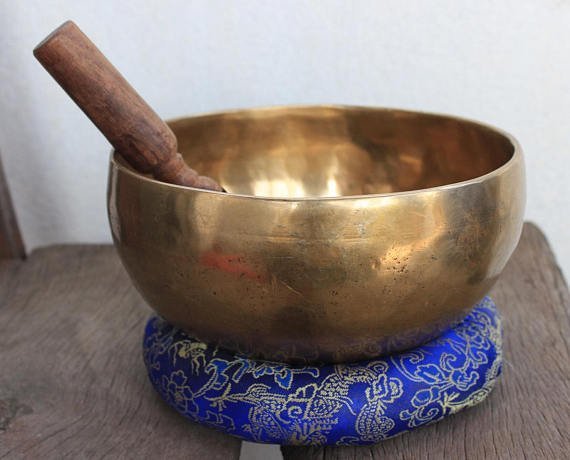
1. Antique singing bowls are made of seven sacred metals
Antique singing bowls are made of seven metals that are alloys of bronze (copper, silver, gold, tin, mercury, lead and iron) which represent the seven celestial planets and the zodiac signs. Newer ones generally do not consist of all those metals. Generally new bowls are composed out of two to five metal ingredients. But very few genuine suppliers today make seven metal bowls. Contemporary singing bowls of today rarely consist expensive elements like gold and silver. Very few companies make proper seven metal bowls where the amount of gold and silver is very low. Only the antique ones crafted by ancient craftsmen had these elements in them. Metallurgical testing is required to test whether the bowls consist of gold and silver. You should be on look out for such test certificates.
Our Bowls here in Shakya Handicraft are all made of seven metals. We have certificates to prove it. Click here to visit our shop to check our singing bowls.
The composition of seven alloy metals is absolutely necessary to construct true antique singing bowls, since each of these seven metals are responsible to create the trademark seven sound waves. Like a rainbow displaying the seven colors, a genuine antique singing bowl displays the seven sounds one after the other in a long, elongated and elaborate tone. Without this distinctive characteristic, it wasn’t regarded as a real singing bowl in the past. Furthermore, it has been recently discovered by researchers that the tones produced from them also include several inaudible sound waves that penetrate our brain, but we cannot hear them. Using a special audio devices, we can measure these mysterious sound waves emerging from a singing bowl.
2. Intricate design versus plain antique bowls
Engravings seen on the outer walls of the singing bowls are excellent spots that reveal whether it is antique or contemporary. Usually designs like that of Buddha or symbolic gestures on the outer surface is a proof of a recent manufacture, as original antique singing bowls never engrave such patterns.
Do not get distracted and deceived by seeing highly intricately designed patterns on the surface. Centuries old vintage singing bowls and related items were not engraved with such elaborate designs. Some antique singing bowls may seem plain and modest in their shape ,size and design, but are exquisite in their sound creating capability.
3. Smooth and refined surface
Original antique singing bowls are usually very refined in their exterior. Rough surface is a sure sign that the bowl is newly manufactured. Similarly, if the patterns exist on the surface look as if they were made in a hurry, then it is fake one because genuine ones are always feature fine skilled craftsmanship.
4. Size of the antique bowl
Most of the original antique singing bowls have an average diameter of about 10 to 12 inches. Those bowls available in the market having more thickness than that diameter is another proof of duplicity. Very big sized bowls are not antiques. Antiques are never found larger than 12 inches in diameter. Very large and heavy bowls are always new.
5. Rustic exterior does not necessarily mean antique
Do not be deceived by seeing grime and rustic exterior color on the singing bowl into believing that it must be very old. Indeed, nowadays many unscrupulous traders chemically treat the new bowls to give them an ancient look. You only can assure yourself of its genuine antiquity by examining the sound created and metals used by the singing bowls.
6. Look for artificial friction on new bowls
Newer replications of antique singing bowls always have marks of sandpaper friction. If you look minutely on the surface, tiny, parallel, horizontal, vertical and symmetrical friction marks could be noticed on the exteriors of these replicated fake antique bowls.
7. Age of the bowl. Natural age process.
Old is Gold – this phrase certainly holds true in the case of finding antique singing or Tibetan bowls. A natural aging process is absolutely mandatory in an antique bowl. Since the aging process delivers richness to the sound and brings beauty to the golden shade on the exterior. Beware of tricksters who sell fake bowls claiming them as antique. Sometimes they chemically treat the surface, burn them in fire or bury them underground for long to make fake ones appear old and antique. Only the quality of metal and quality of sound will prove their antiquity.
Check here to know more about History of Singing Bowls.
 The statue arrived super fast and very well packed. The vibe in my apartment changed immediately into something deeply calming and soothing. As if all the tensions and anxieties have melted. Can’t believe just how majestic he looks. I was already deeply moved by the photo, but when I see the statue with my own eyes…It feels as if Manjushri is right there, with infinite compassion in his infinite wisdom. May all sentient beings be benefitted and realize their true nature.???
The statue arrived super fast and very well packed. The vibe in my apartment changed immediately into something deeply calming and soothing. As if all the tensions and anxieties have melted. Can’t believe just how majestic he looks. I was already deeply moved by the photo, but when I see the statue with my own eyes…It feels as if Manjushri is right there, with infinite compassion in his infinite wisdom. May all sentient beings be benefitted and realize their true nature.???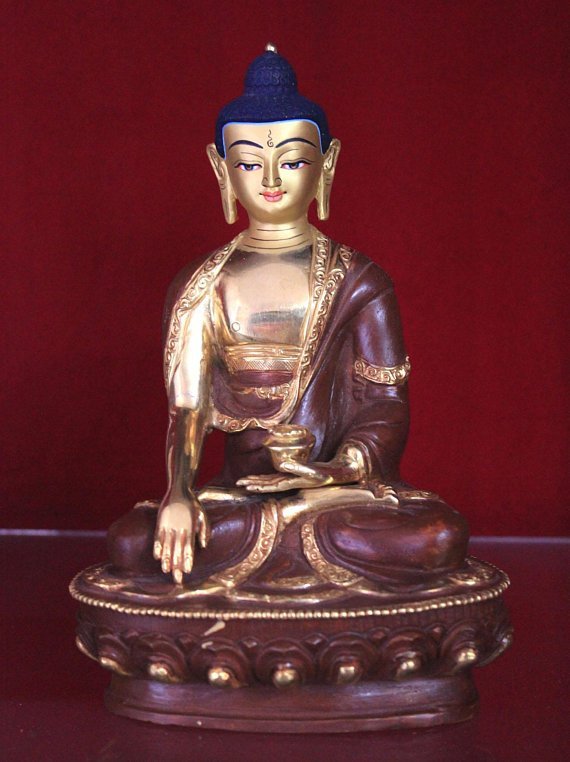

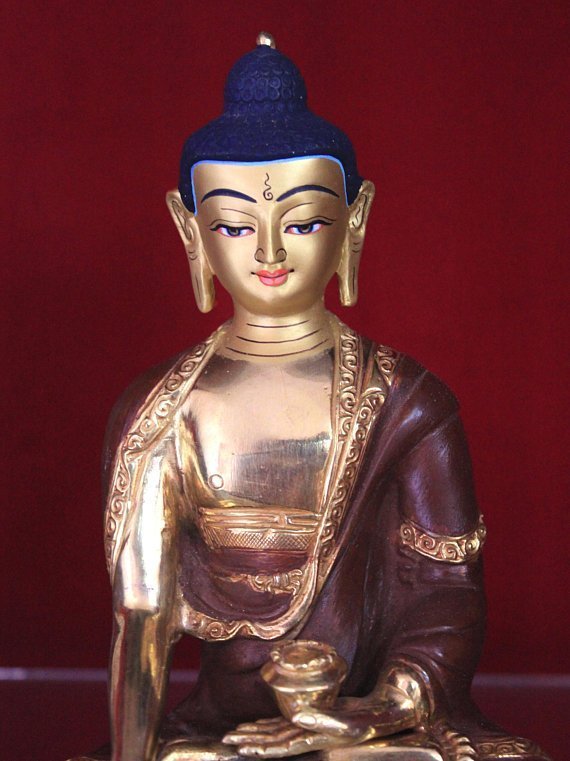
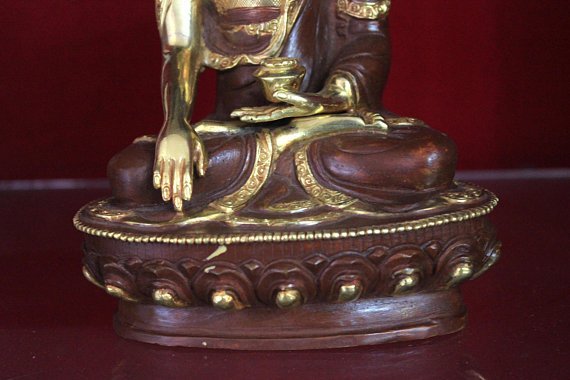

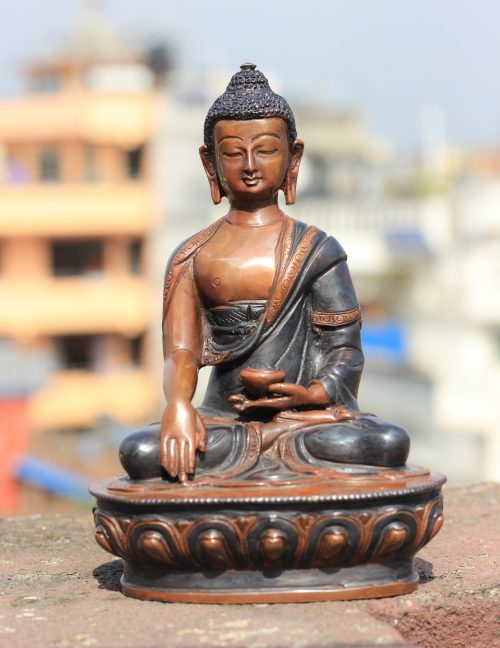
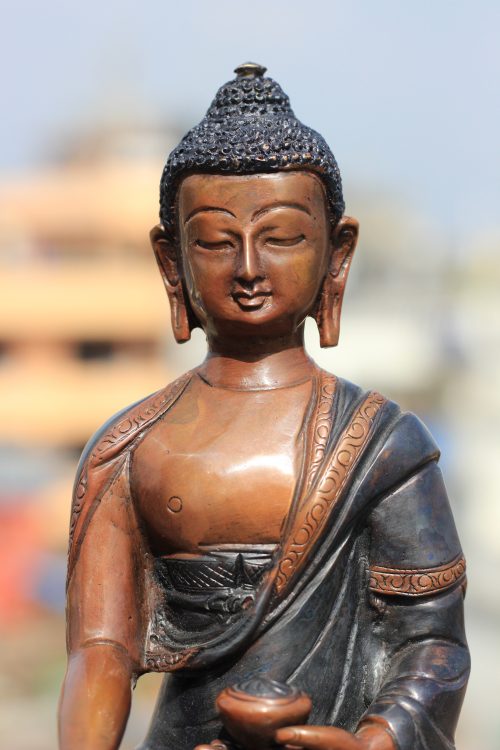
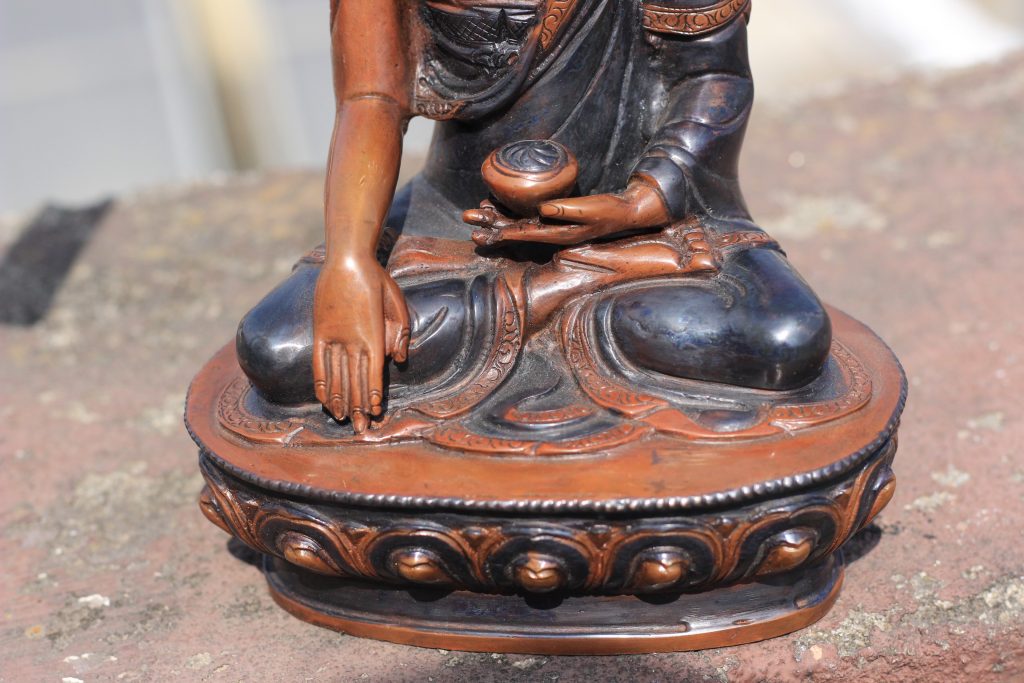
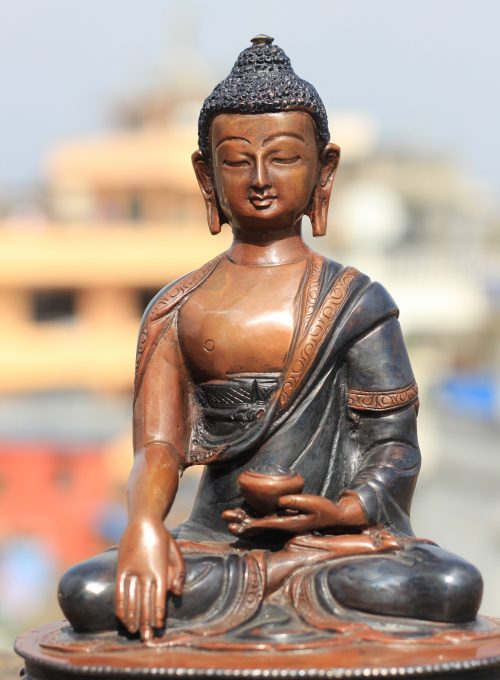
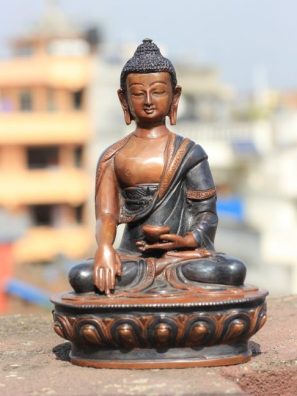
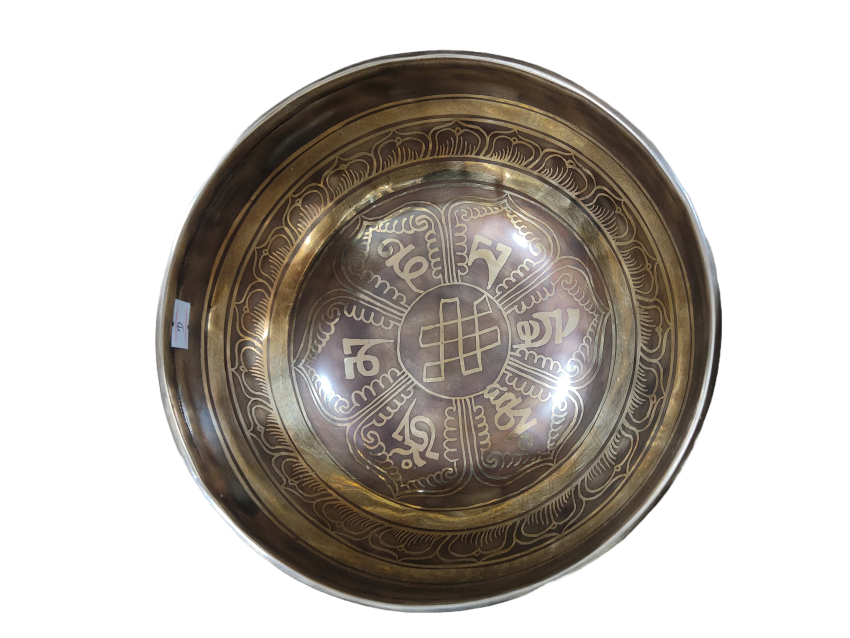
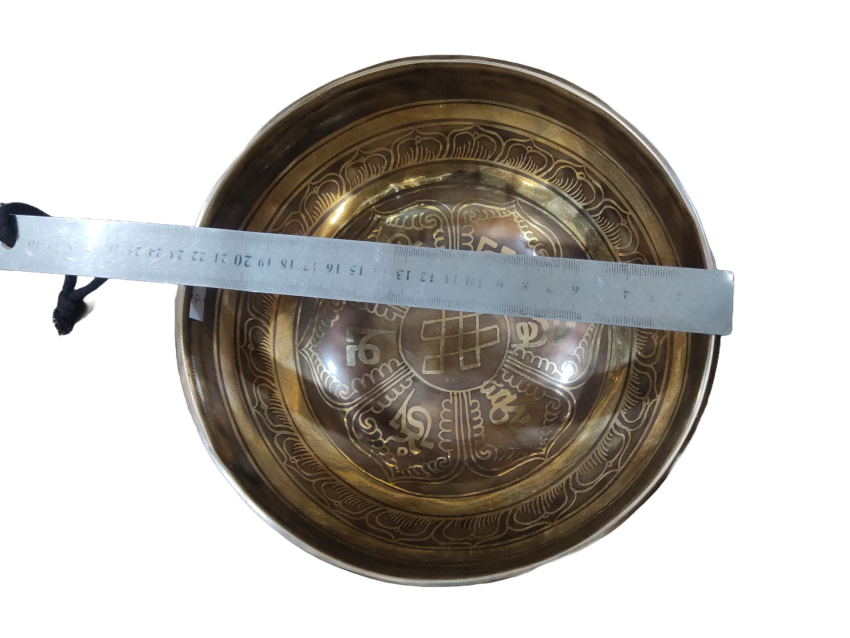
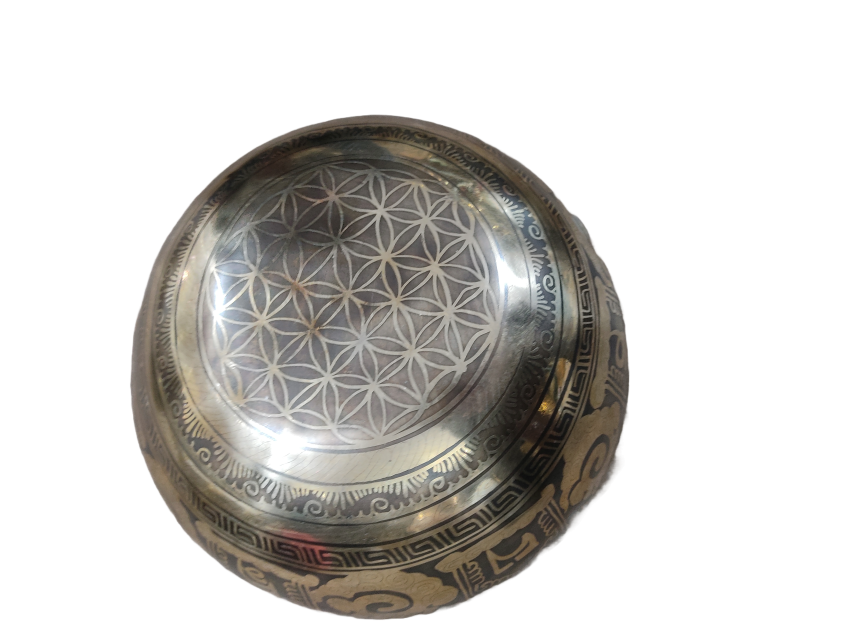
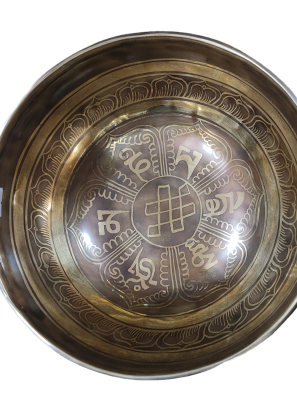
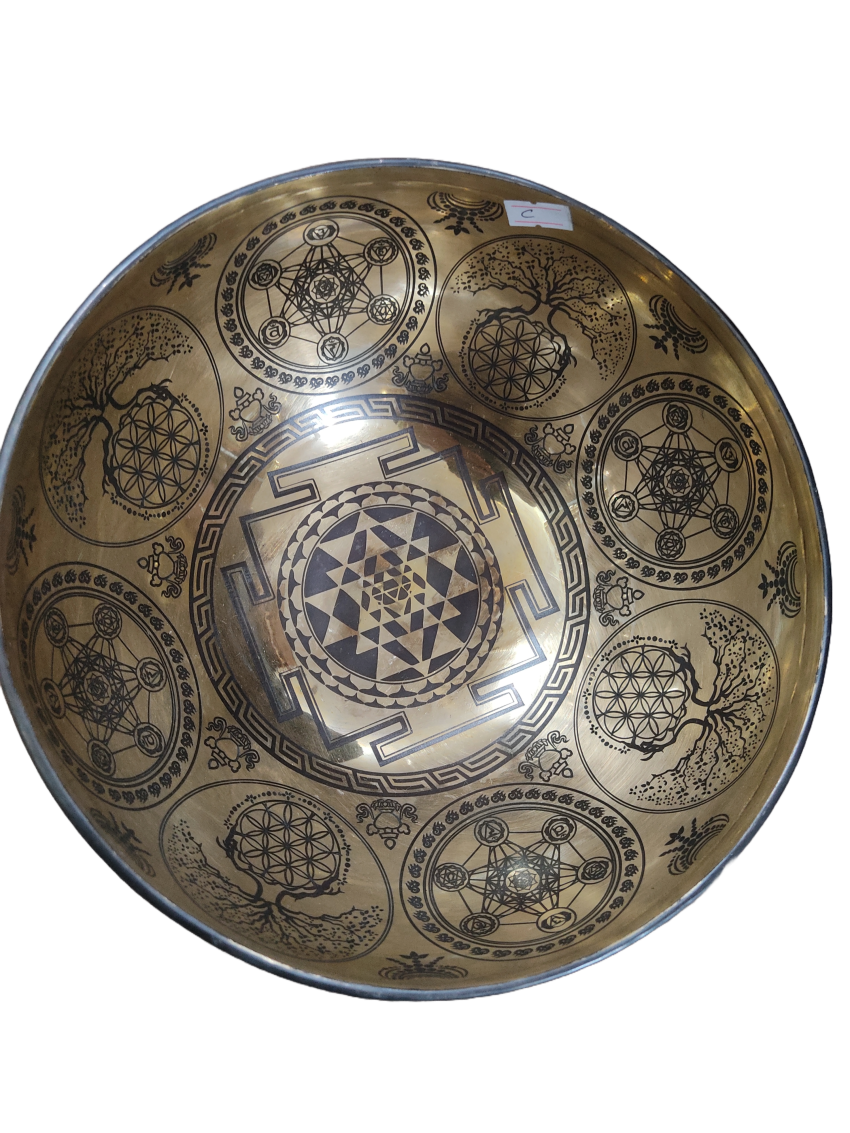
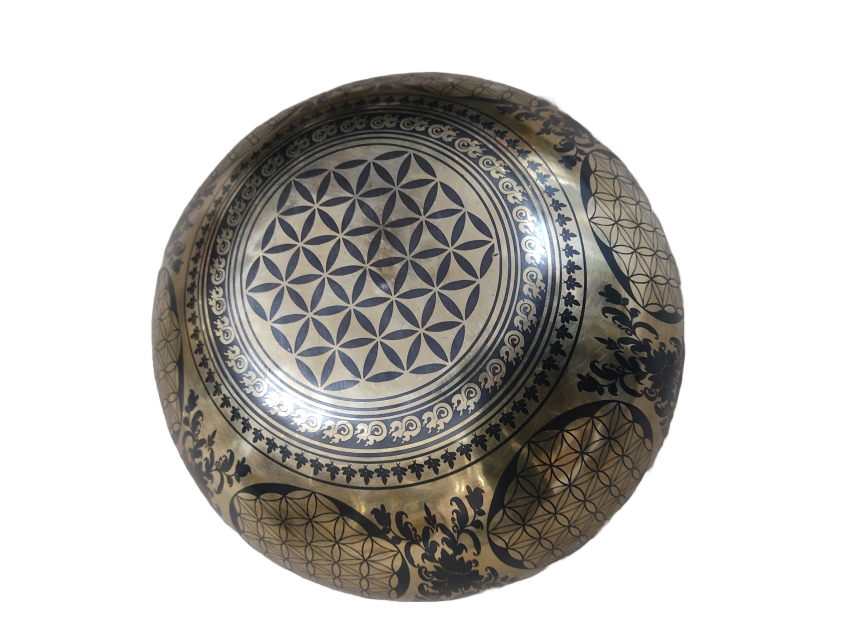
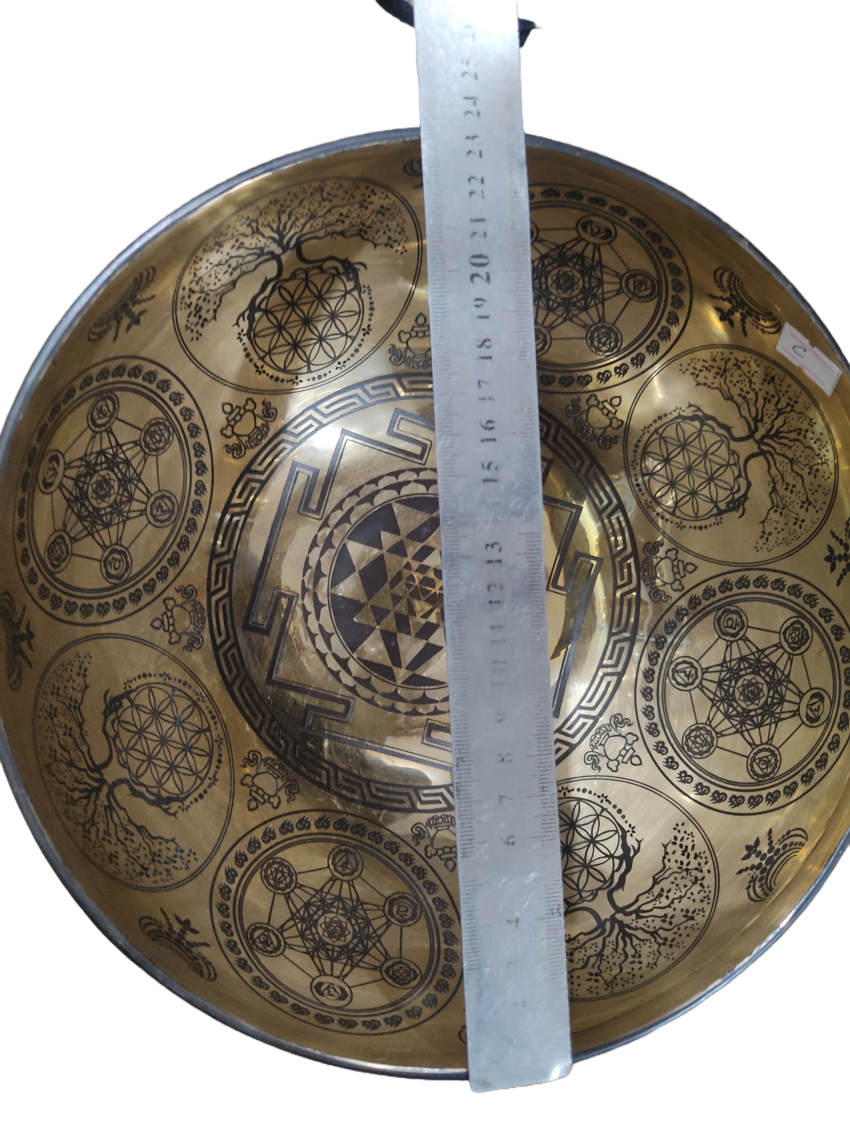
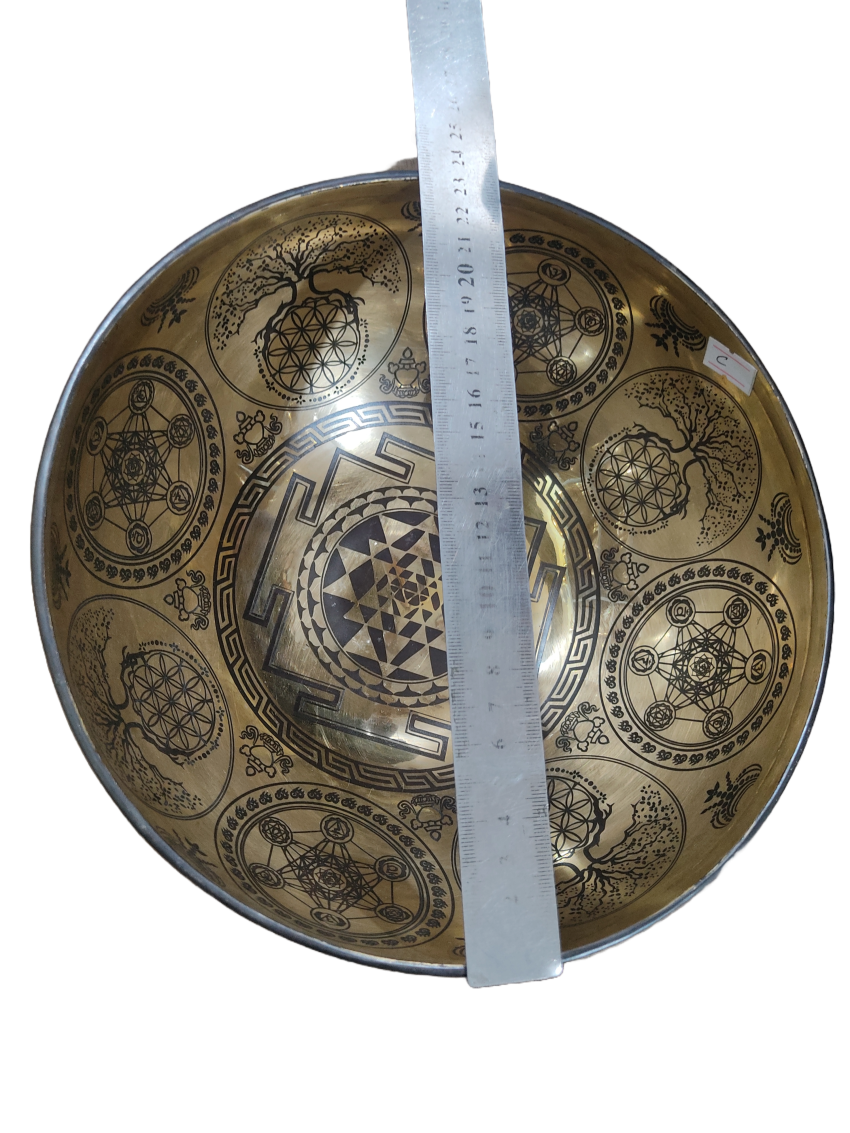
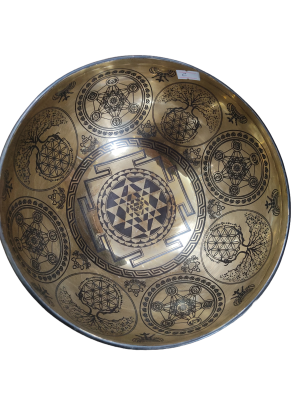








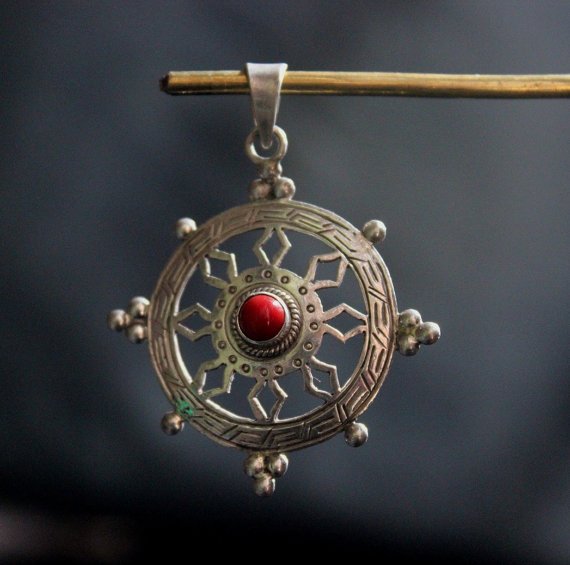
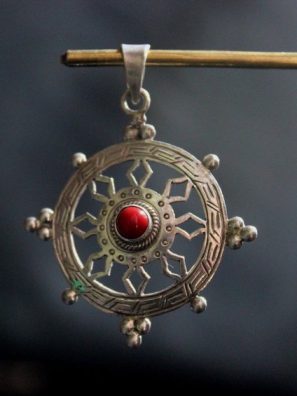
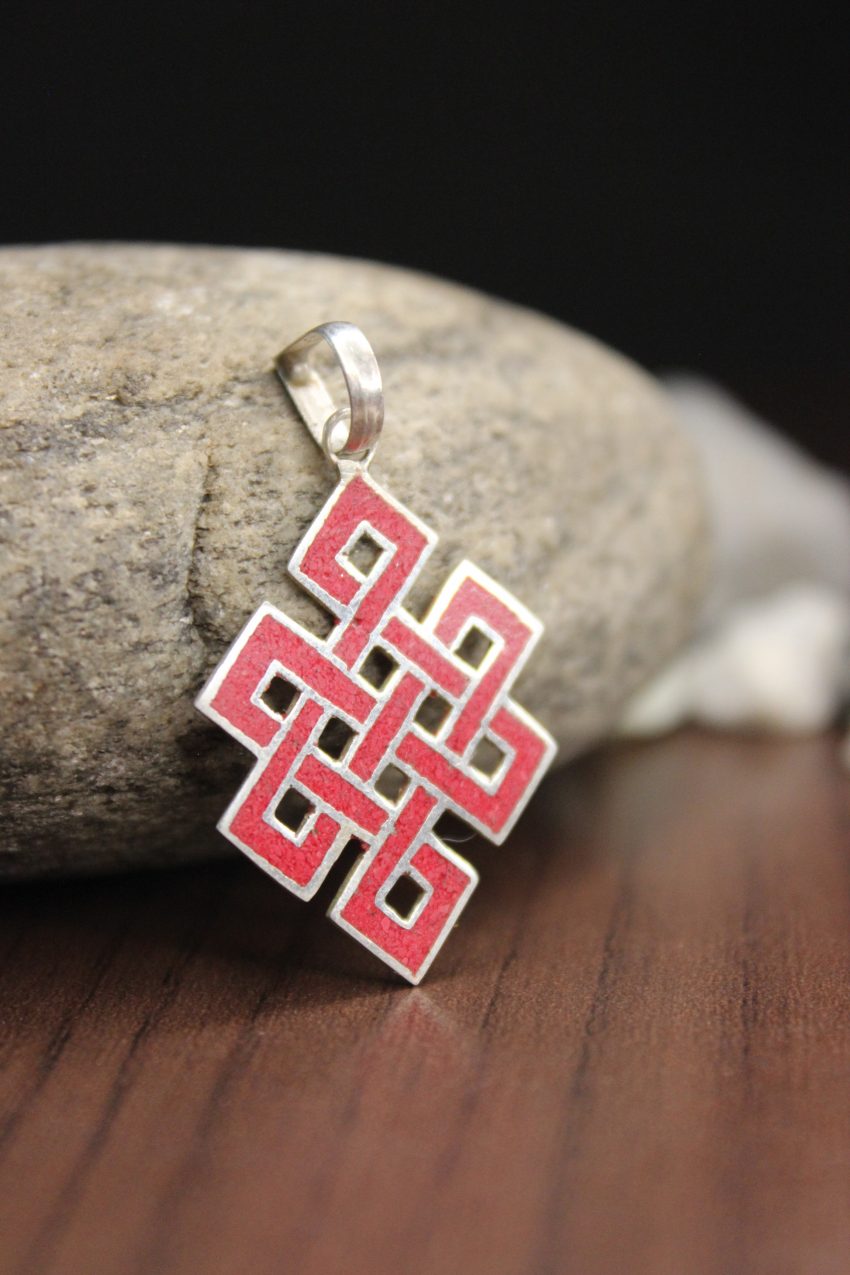
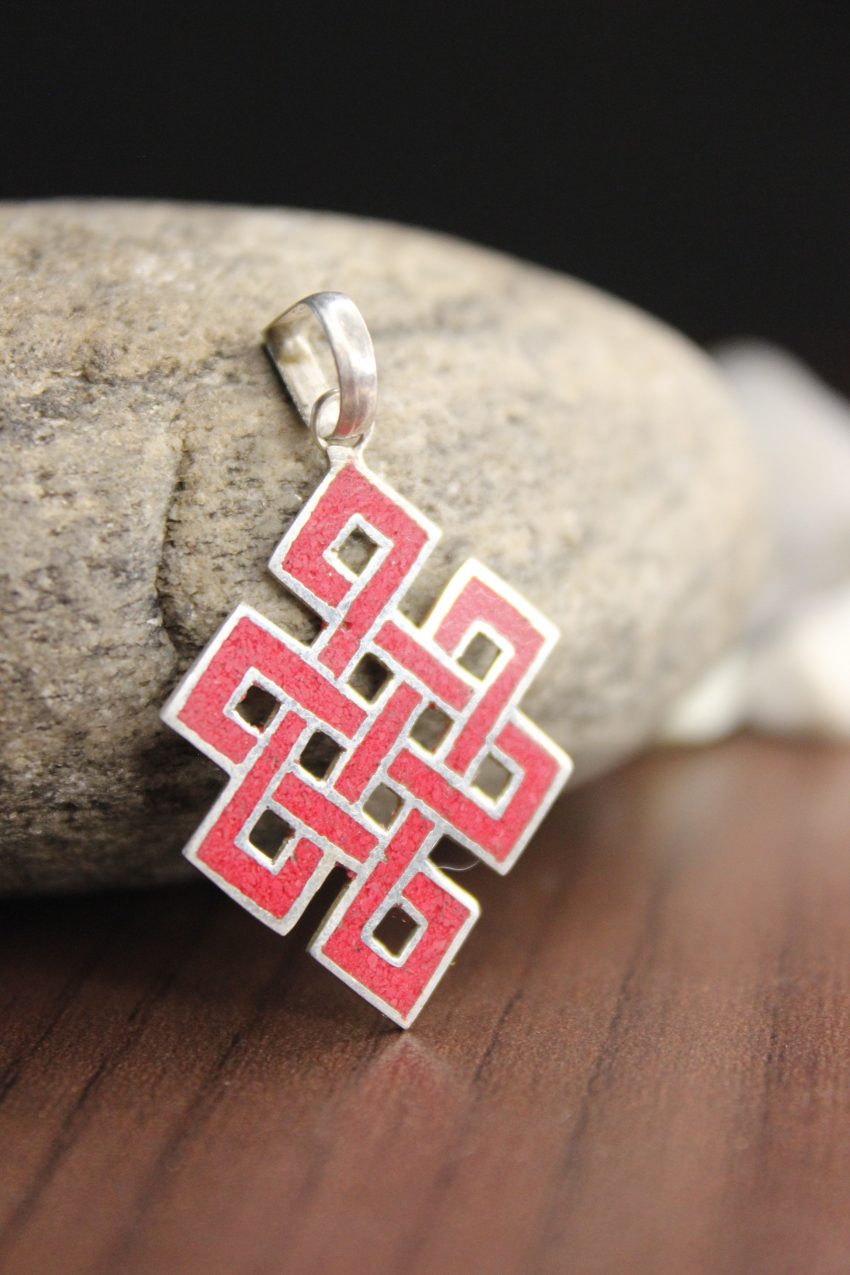
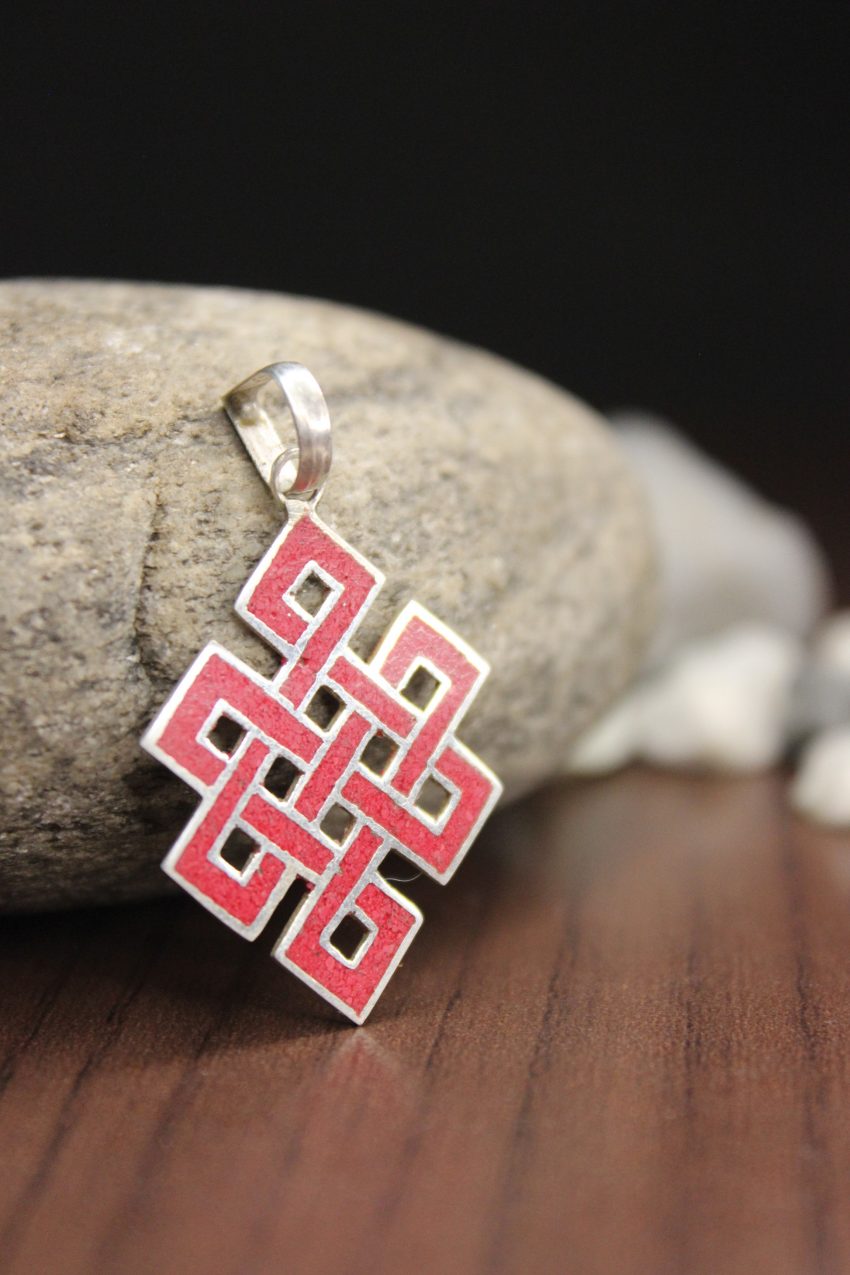
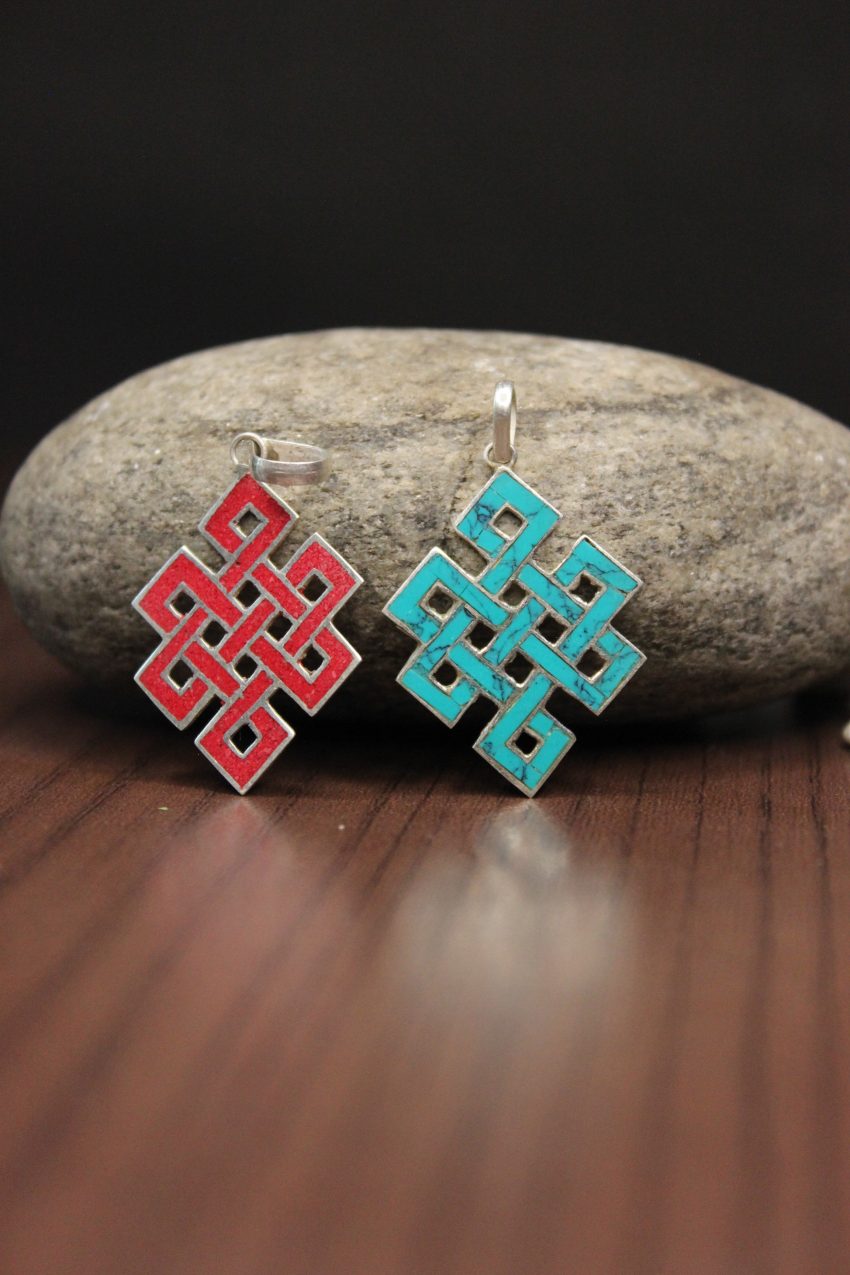
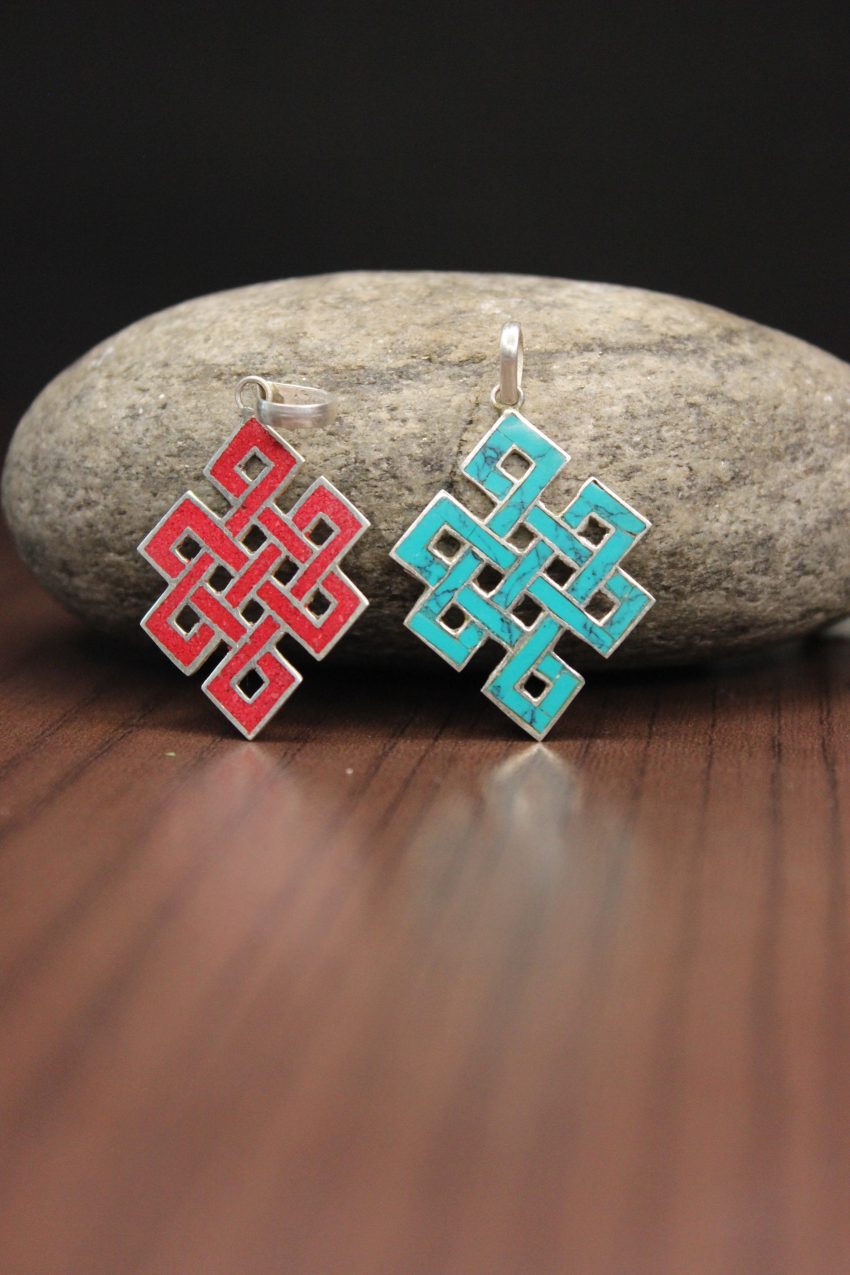
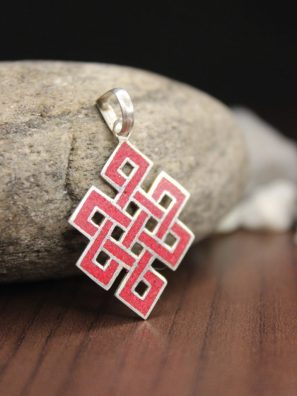
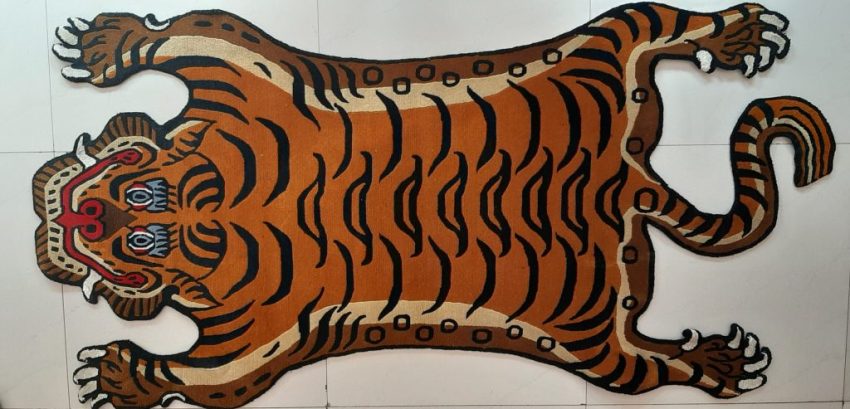

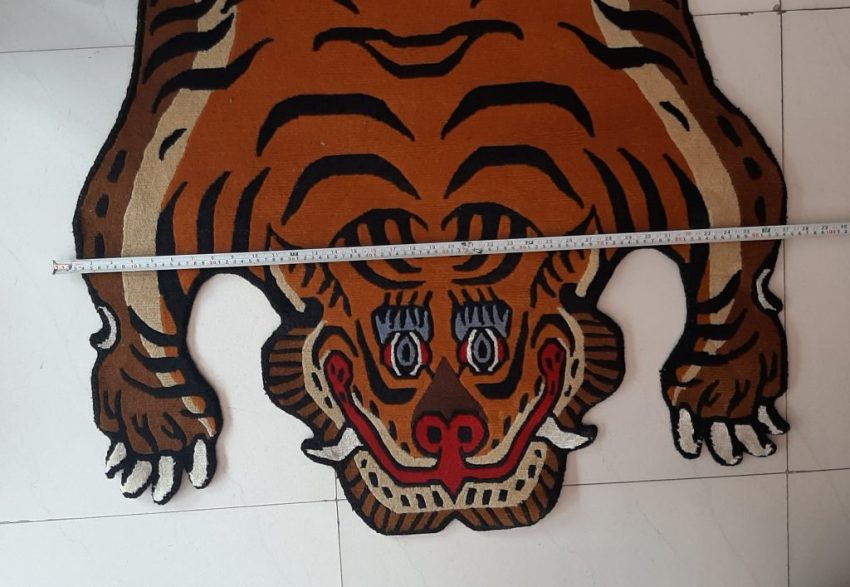
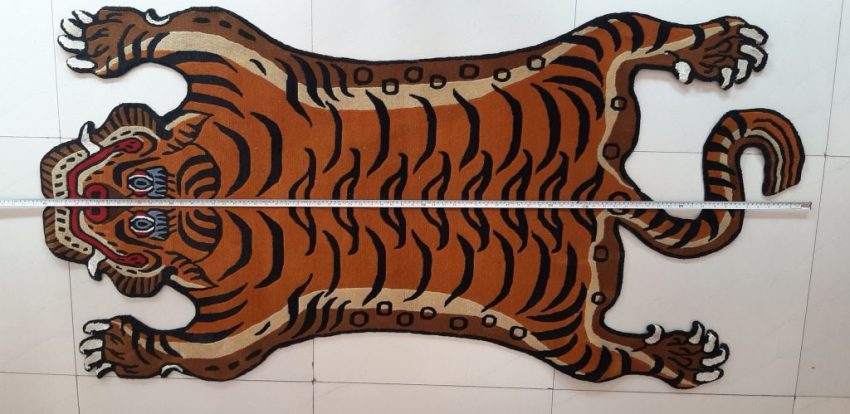
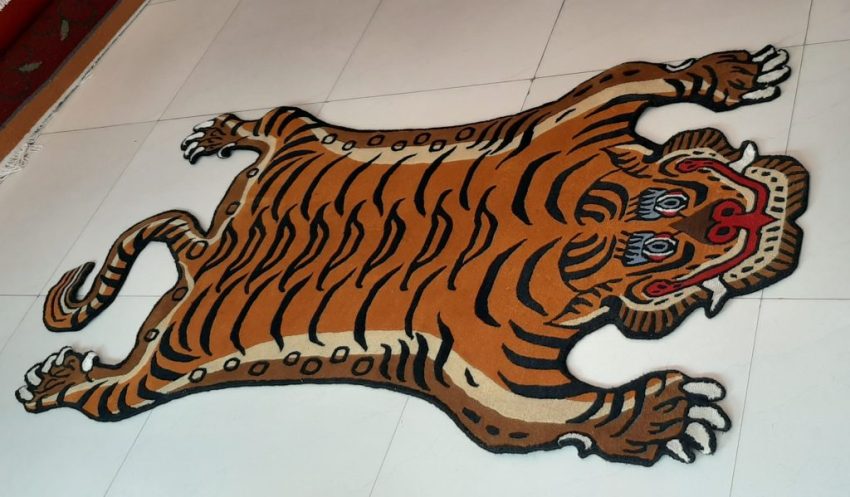
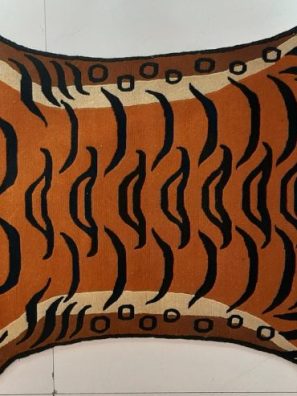
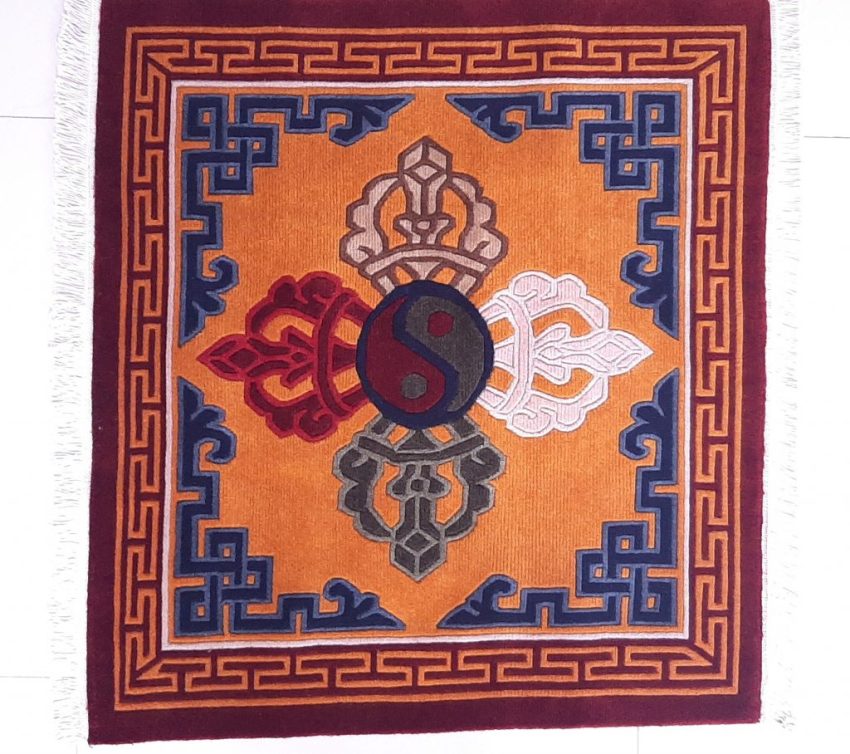
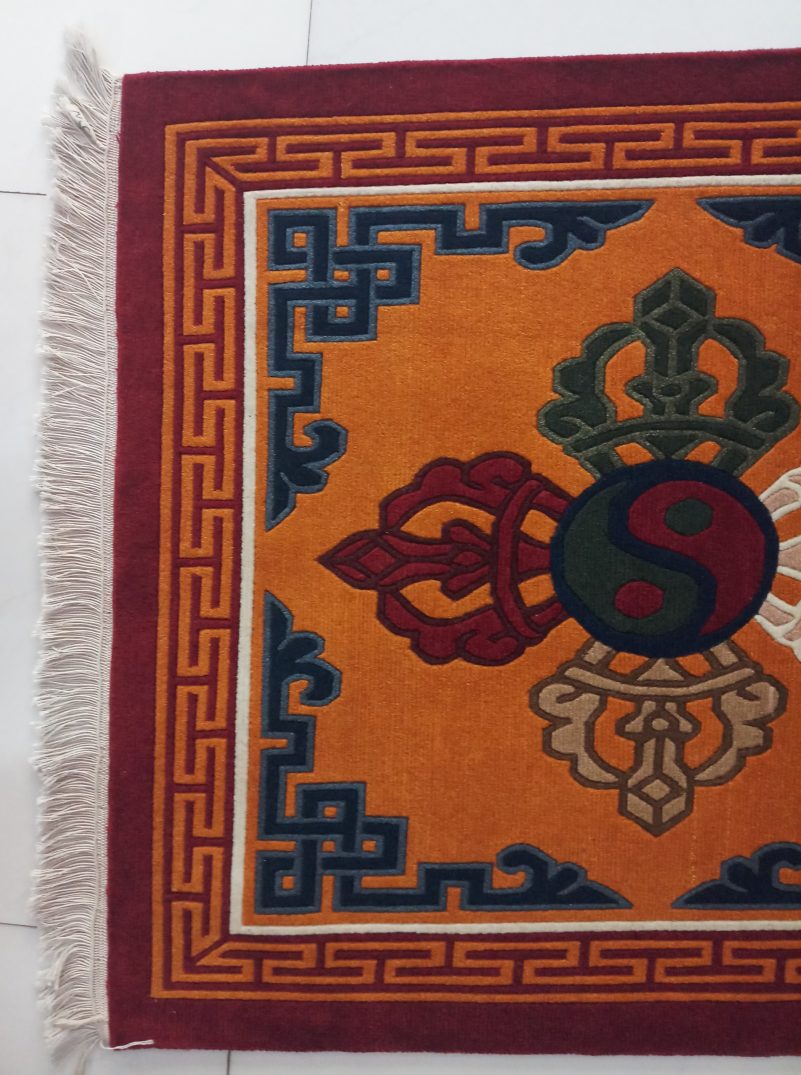
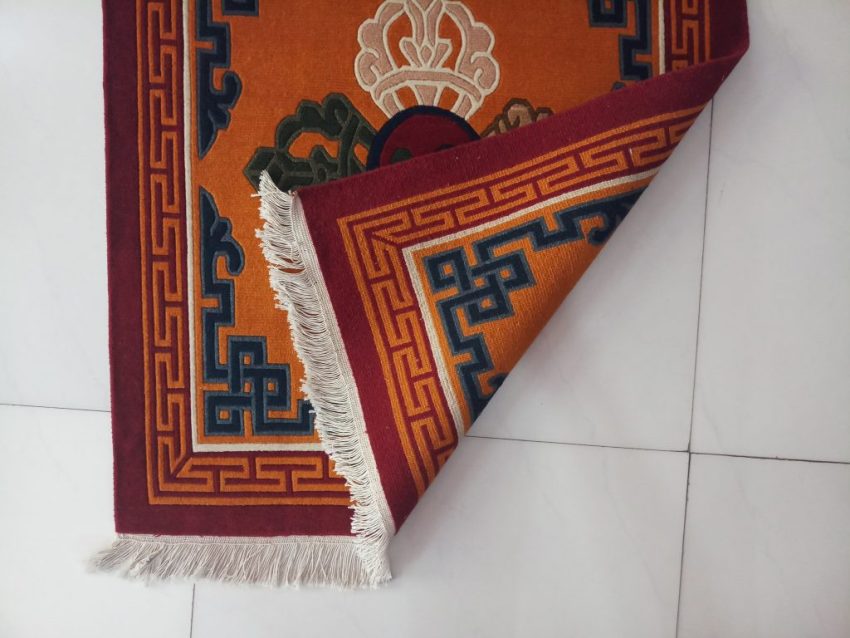
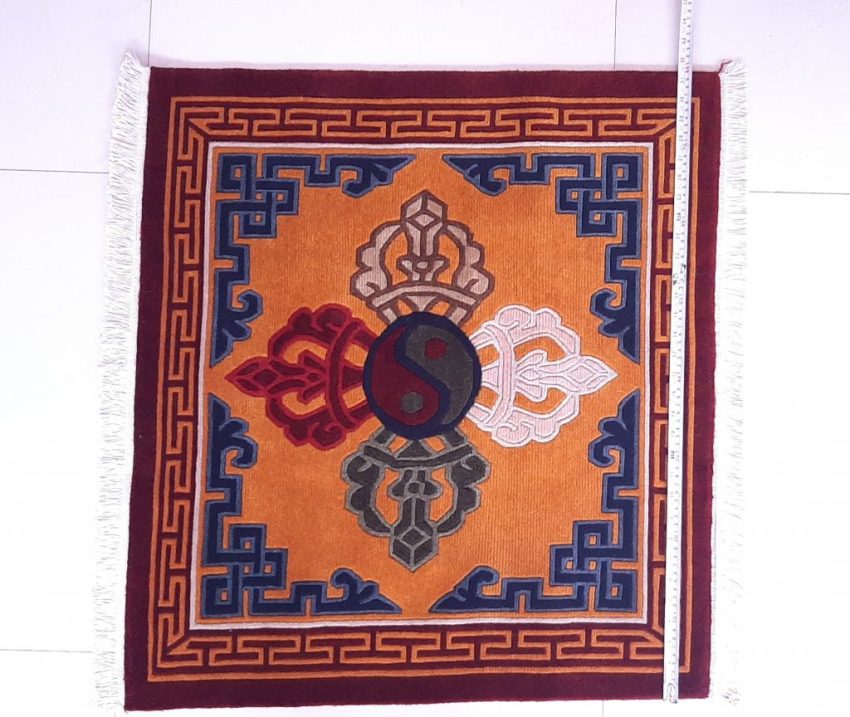
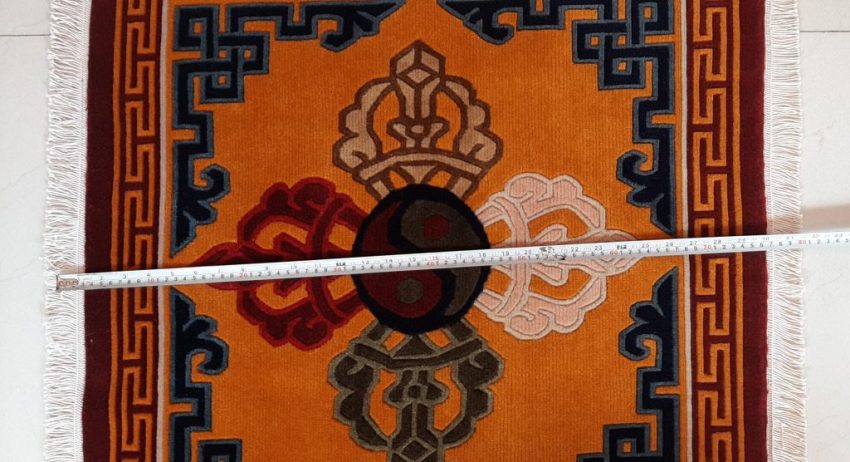
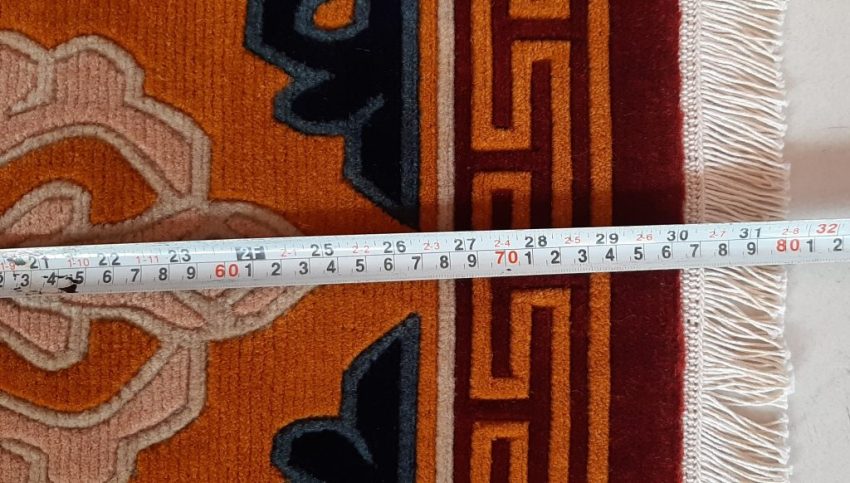
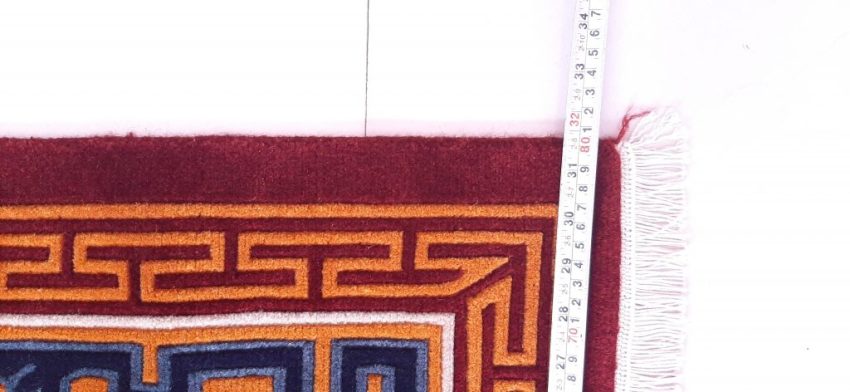
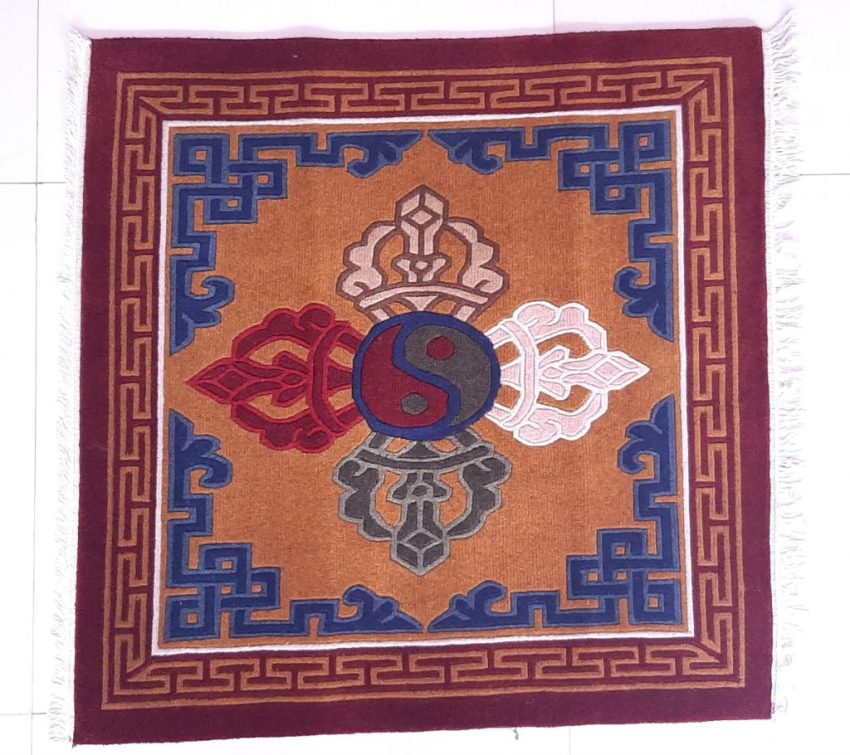
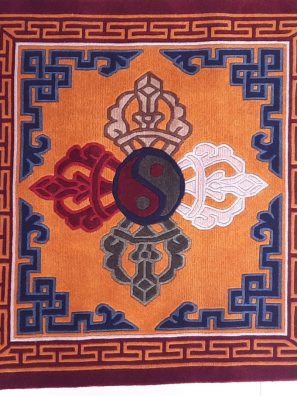

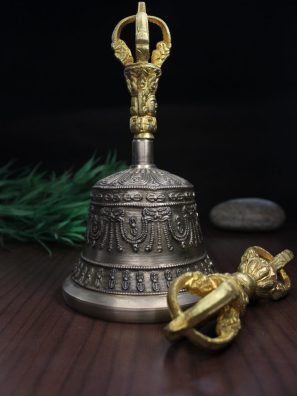
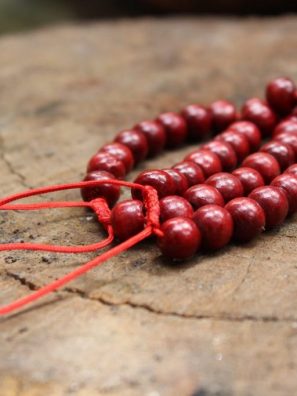
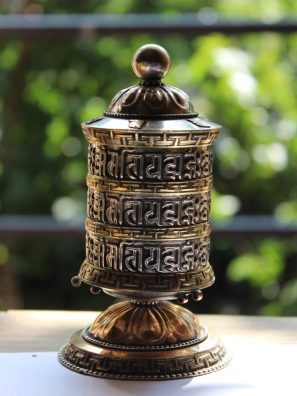






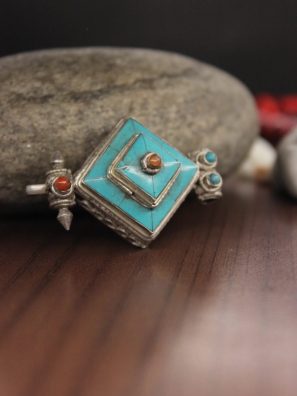

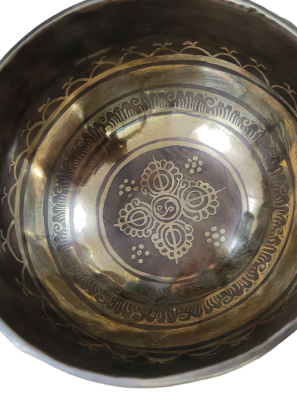
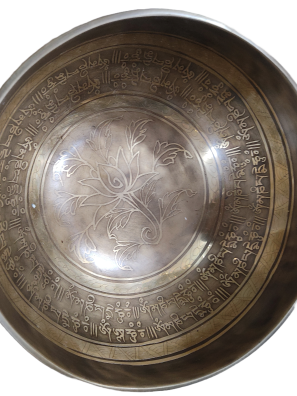
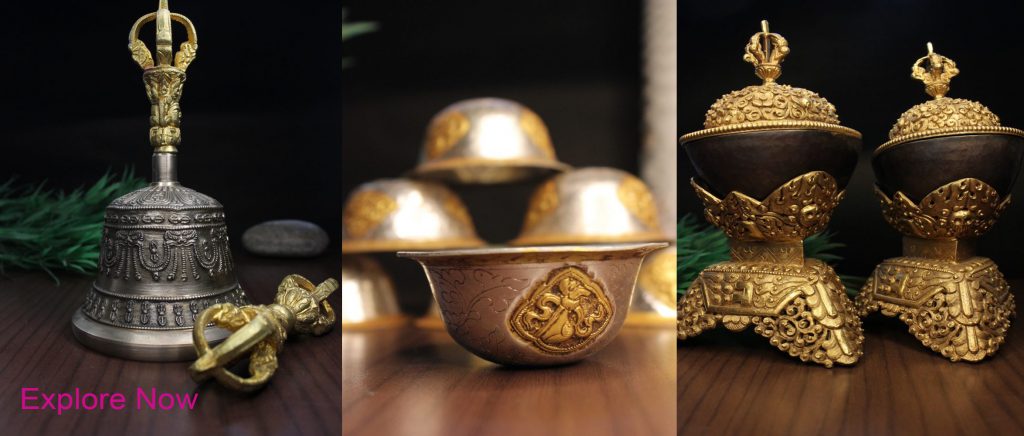
Margeret Madden
Beautiful bowl … quick service very plzed customer Thks ?
margeret madden
antrim, United Kingdom
Review left on Etsy by pinkdolphin2002 on Mar 29, 2016
Lunacywitch
Terrific bowl. Beautifully made with a lovely sound. Lovely bowl. Fast delivery.
Review left on Etsy by lunacywitch on Mar 6, 2020
Check this Product Out!